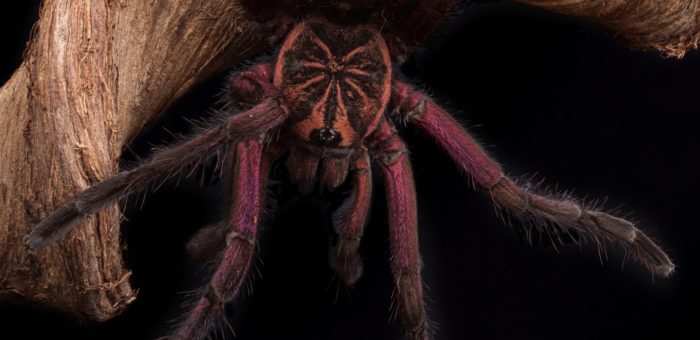
Photography at Coast to Coast Exotics
There has always been a traditional interest and link with photography at Coast to Coast Exotics - the marriage of all our animals and a camera is inevitable. We have had several photographers spending time at Coast to Coast Exotics over the years, including myself, producing some very nice images. Recently we opened our doors to camera clubs, for an evening of animals and photography. Some of the photographers have had their images reproduced onto unique greetings cards. We can cater for clubs, groups or individuals and will provide a wide selection of animals and props - safely assisted by experienced photographer and herpetologist Kevin Stevens. Contact us for more details.
